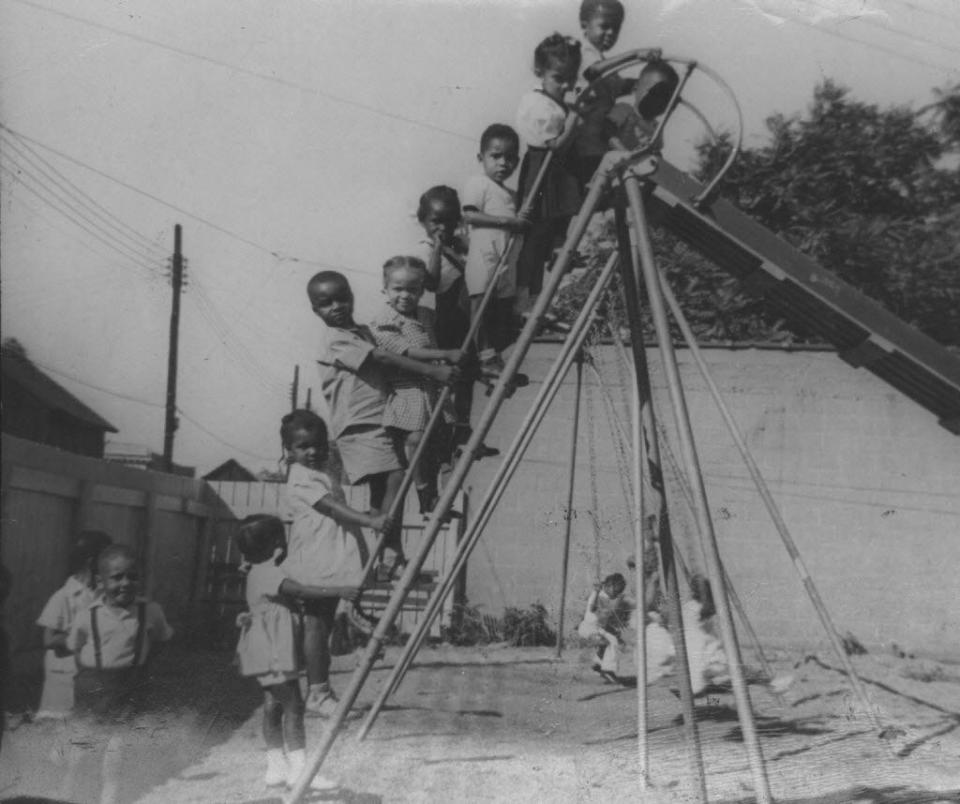Black History Month: Hering House Community Center opens — 1925

Throughout the month of February, The Tribune is publishing daily facts about South Bend's Black history. Follow the series at www.southbendtribune.com.
In 1925, Claribel Orton Hering along with her husband Frank (a University of Notre Dame football coach) purchased a building and turned it into an African American community center. Although the intended beneficiaries were South Bend’s growing African American community, the Herings required that the majority of the board “consist of persons of the Caucasian race.” Despite the racially paternalistic restriction, Hering House grew into a beloved community hub. For a generation of African American people in South Bend, Hering House was the place to go for homework help, to see plays and concerts, and to connect more deeply with their neighbors.

This article originally appeared on South Bend Tribune: South Bend Black history facts

